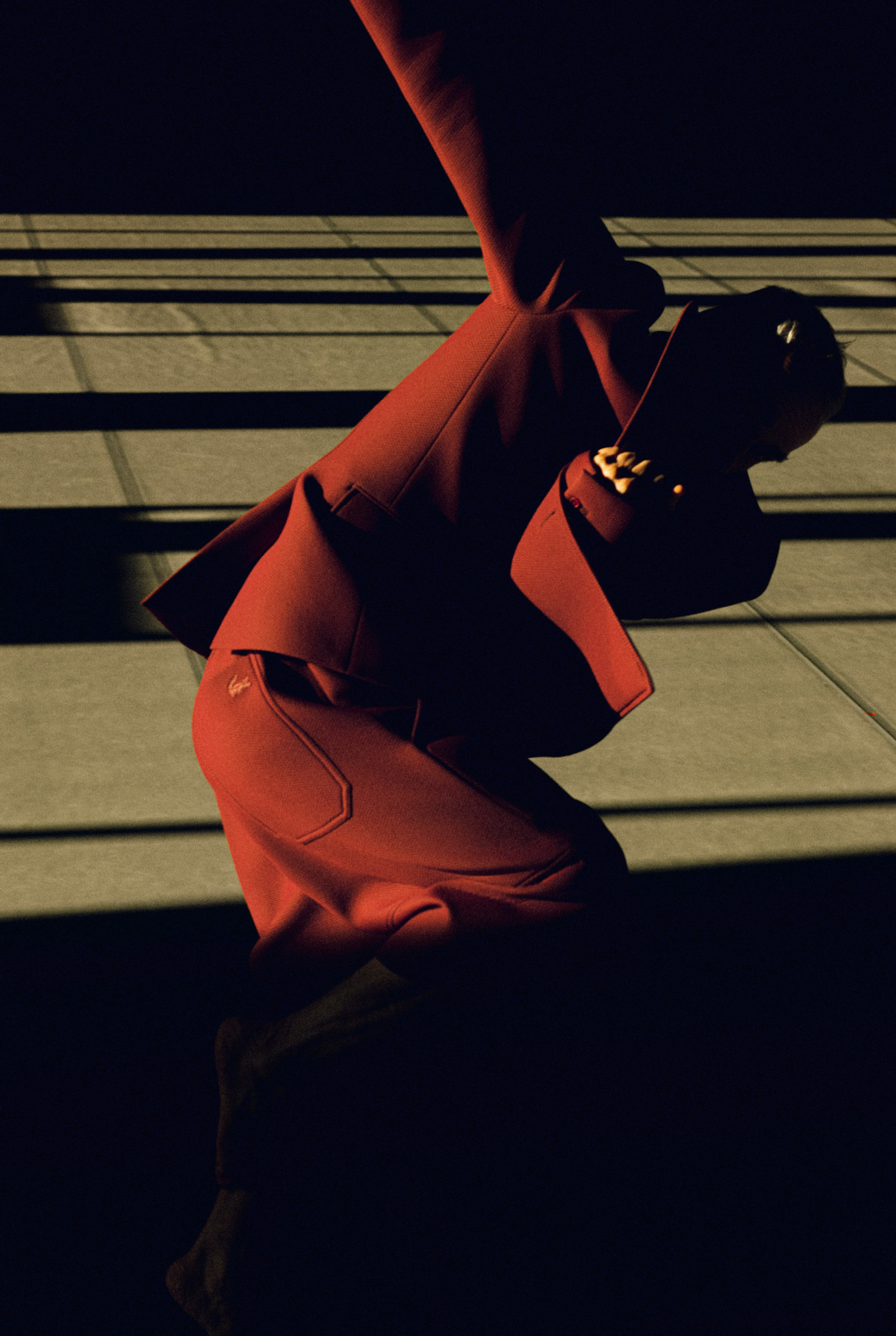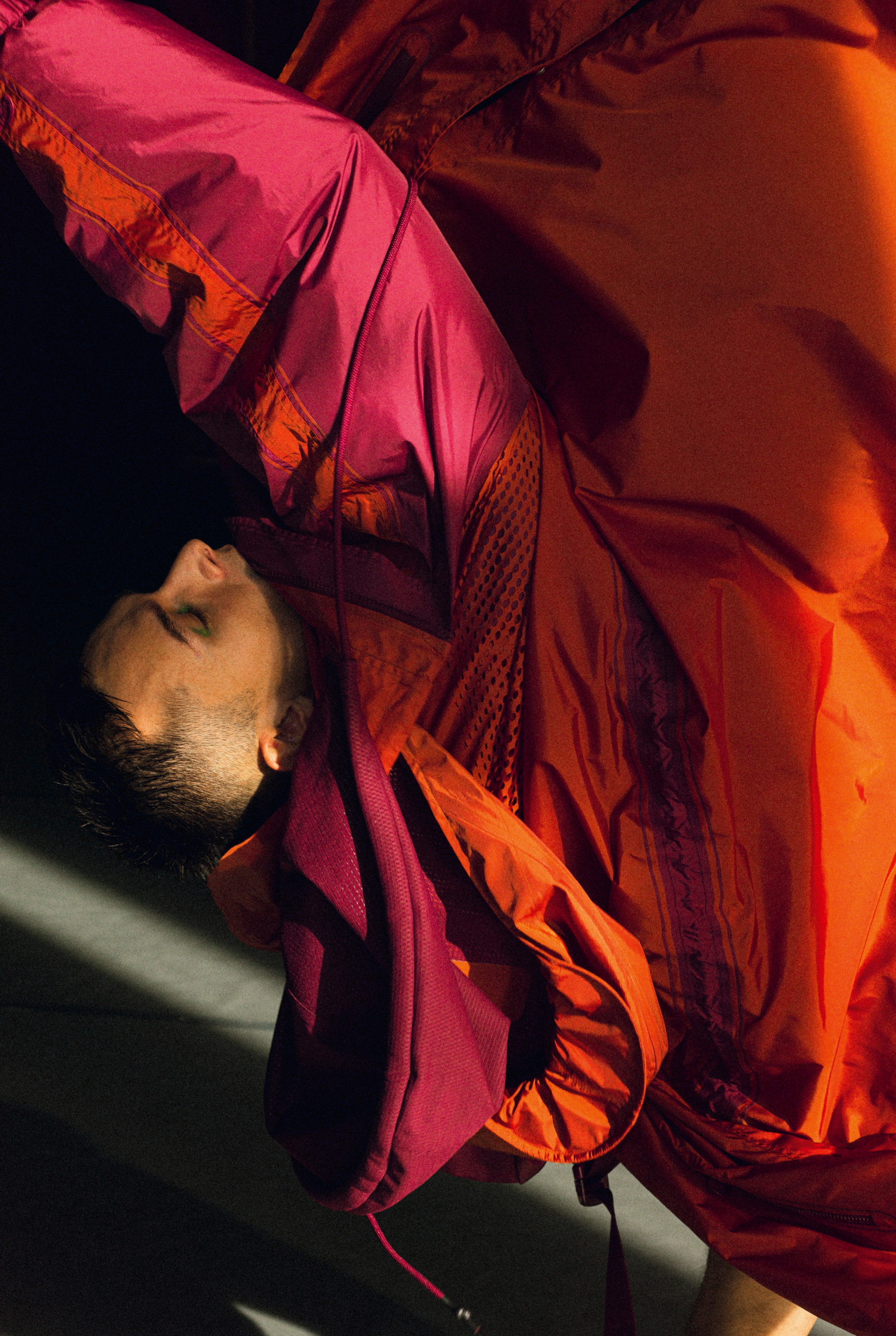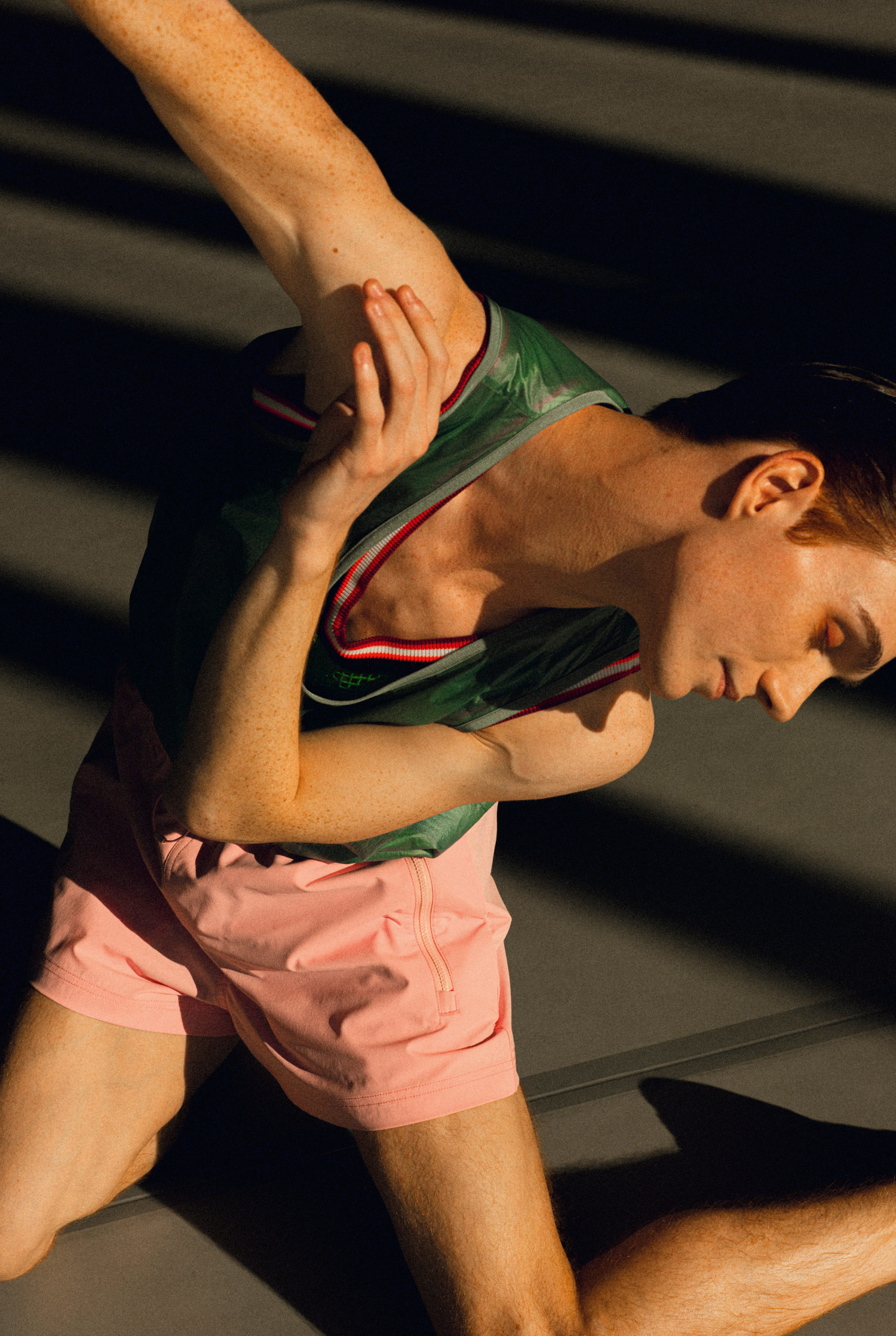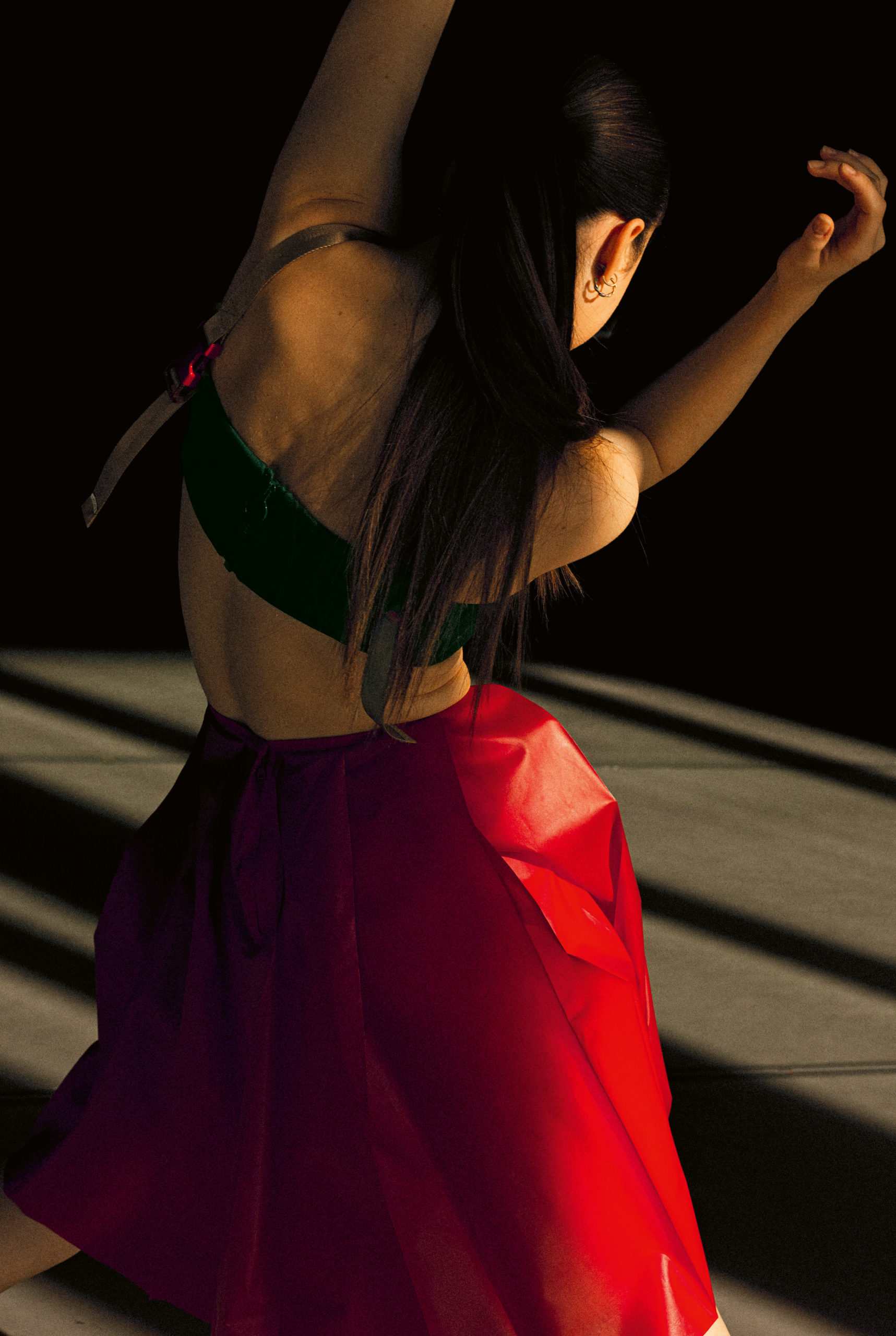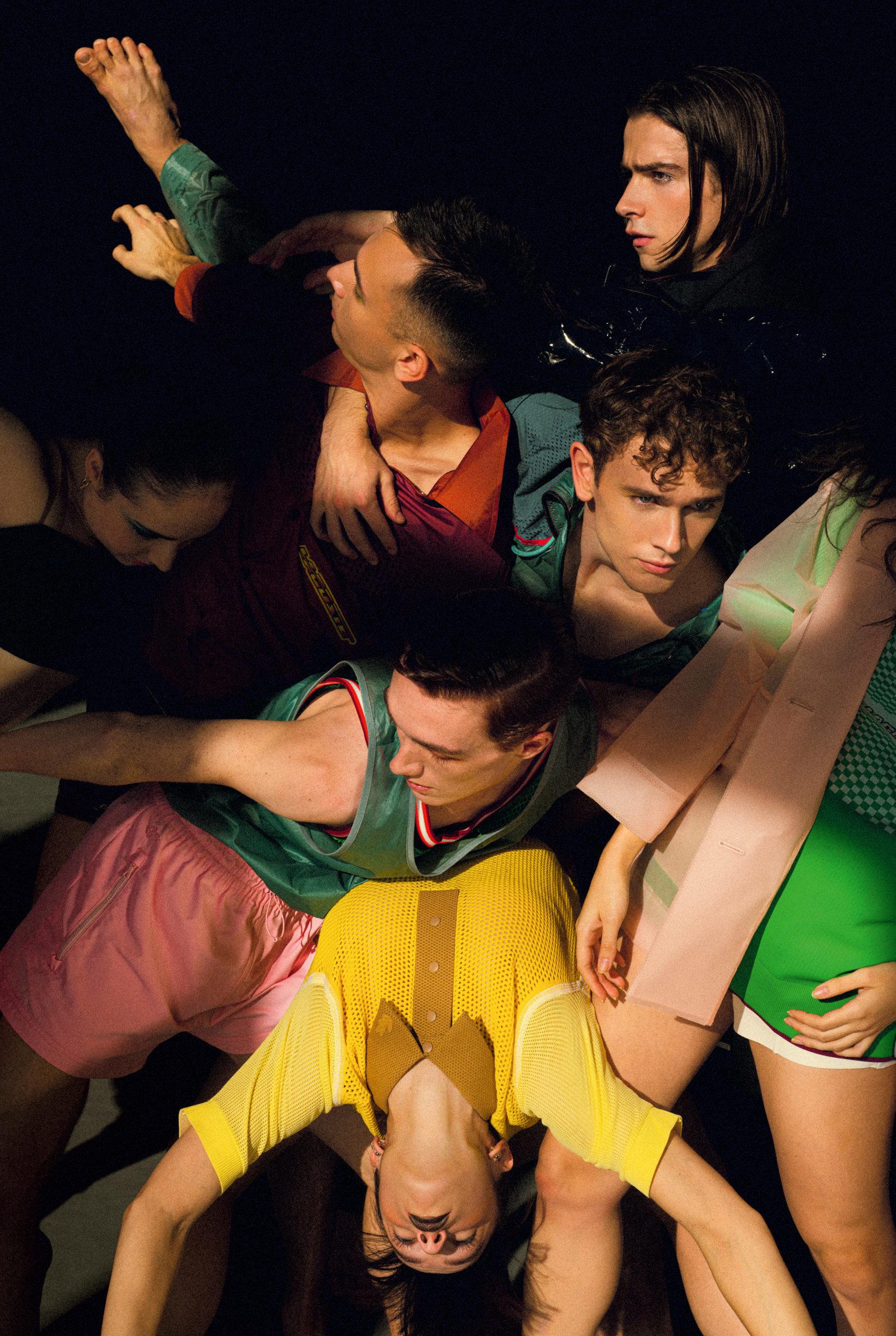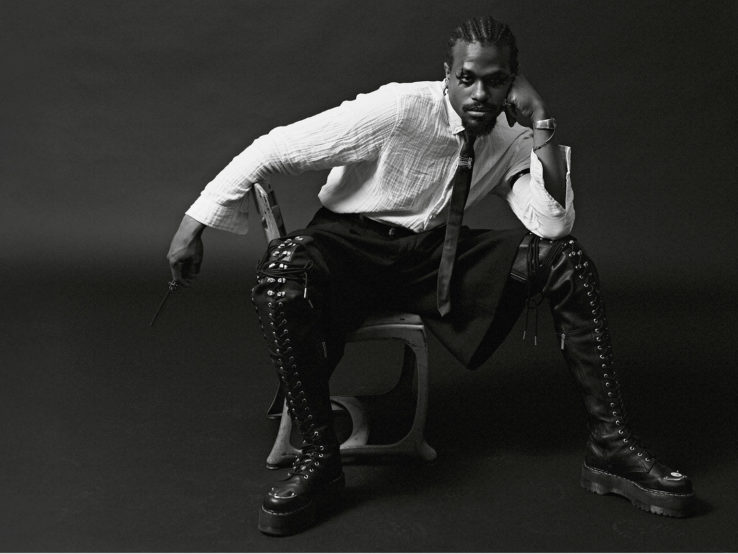Grand Prix National de la Danse, Officer of the Order of Merit, elected to the “Académie des Beaux-Arts” in 2019 in the choreography section… At 64 years of age and with over 50 creations under his belt, Angelin Preljocaj no longer has much to prove – except perhaps to himself. Known for having broken the codes of classical ballet, he cut his teeth with Merce Cunningham in New York, then Dominique Bagouet, pioneer of the French New Dance. From solo to large-scale works, from adaptations of traditional ballets (Romeo and Juliet, The Rite of Spring) to personal creations inspired by tales and legends (The Nights, Snow White, Siddharta) and more abstract references (Near Life Experience, Empty Moves, set to the music of John Cage, and Still Life), the choreographer takes his audience by surprise from one piece to the next, just as much as he seeks to surprise himself, never getting bored. After collaborating with artists as diverse as Adel Abdessemed, Air, Enki Bilal and Azzedine Alaïa, he continues to break free from the field’s shackles while stepping out of his comfort zone. While his Swan Lake and his philosophical pop choreography Deleuze/Hendrix are currently touring, Angelin Preljocaj is developing collaborations with artists Jeanne Vicerial and Prune Nourry*, and Thomas Bangalter from Daft Punk, with whom he is creating Mythologies**, an exploration of our contemporary rituals and our founding myths, in the image of this choreographer’s posture, torn by the need to revisit our heritages through the prism of present-day questioning, always in search of upheaval and reinvention.
MIXTE. Dance is linked to the concept of commitment because, in a literal way, the body and the mind are particularly committed. What is its transformative power?
ANGELIN PRELJOCAJ. Practicing dance sometimes means getting a grip on yourself. There is also a lot of pleasure, sensuality, exciting physical adventures, but first and foremost it’s all about rigour, discipline and constant practice. If you stop training or warming up for a certain period of time, you very quickly lose your skills. All this has to be put back into play every day. It’s a form of resistance… which is in a way part of the dancers’ DNA and is then replicated in life itself. That is to say, we try not to let our guard down, to always be a bit in the fight. On a social level, when there is an unacceptable or revolting situation, this instinct to resist may come out. Nobody is perfect and sometimes we let go a little. But in general, this is what the school of dance teaches us in the end, that we must not give up.
M. What are your commitments and battles?
A.P. At the creative level, it looks like making an ecological version of Swan Lake (in his rewriting, Preljocaj stages an ecosystem threatened by speculative madness, editor’s note). I put the piece back into context. In the title, there is ‘the lake’ and there are ‘the swans’, two entities threatened by global warming and by ecological alterations linked to rampant industrialisation. So I built the whole drama on the idea that if we do nothing, even the swans will disappear. More than 500 animal species have become extinct in the space of 80 years, which is quite astonishing when you think about it. And it adds to the tragedy of the ballet.





